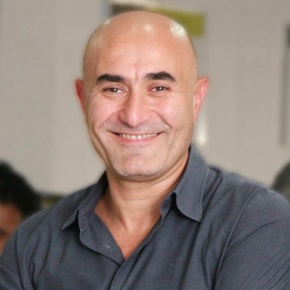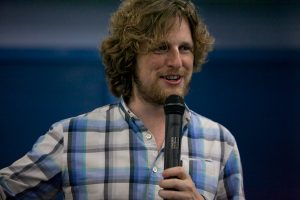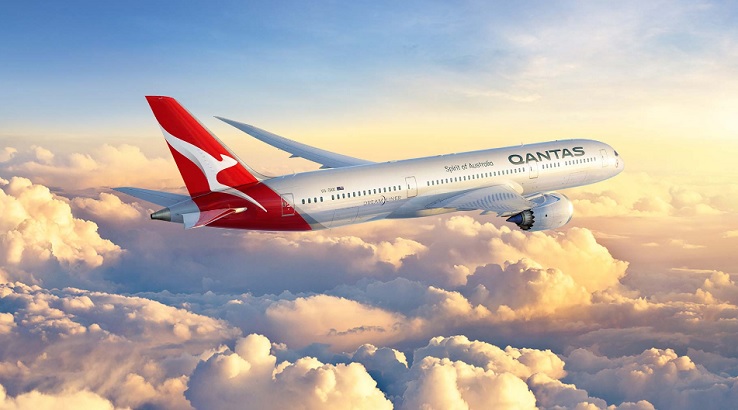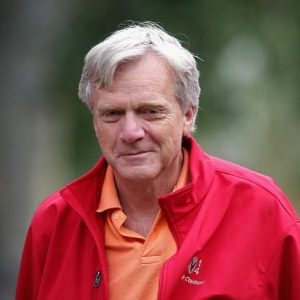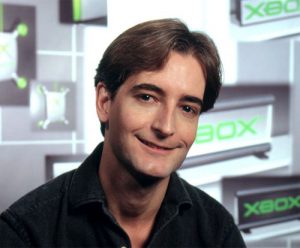Pip Jamieson : The Founder & CEO of The Dots
The 21st century has brought many revolutionary changes across the globe. Today, female entrepreneurs are competing, shoulder to shoulder in the male-dominated sectors. Now each field is witnessing several such brilliant women exploring, creating, and leading, amazing businesses and inspiring women across the world.
One such female, Pip aka Phillipa Jamieson, from the United Kingdom, has set up a company named ‘The Dots’, which is also popularly known as ‘LinkedIn for Creative people’. She is a passionate, enthusiastic, and always on the lookout for great collaborators.
Early Life and Career
Pip, being dyslexic, struggled with everything, in her early years. Her father worked in the creative industry, which groomed her to become interested in the creative field. When everyone believed she would choose the creative field as a career, her rebellious nature led her to do a degree in Economics. She topped the batch and proved that she could do anything, even if she was dyslexic. Later, she was appointed by the UK government as a fast-stream economist. She joined the government, but, soon left the job to pursue a career in the creative industry.
In the Creative Industry
Pip, initially, worked for the Brit Awards in London and then worked on various roles, while working at MTV, around the world. The idea for Dots arose when she was working with MTV. As a head of marketing at MTV, Pip was finding it really hard to connect with great creative talent and service providers. Also, her colleague Matt Fayle working as a digital director for Viacom in Australia was being asked by creatives for advice on how to set up an online portfolio.

The creative industry is all about connecting and finding perfect talents. And with the boost of the internet, setting up an online platform for creative people and the ones searching for such talents could prove a boon to the industry. Pip and Matt’s vision was to bridge the gap between the talent and the client creating a commercial outcome.
Pip worked in the creative industry for over 13 years before founding The Dots. She held senior positions in MTV Australia and New Zealand. In 2009, she co-founded The Loop, a leading professional networking site for the creatives in the region. The site has more than 67% of Australian creative people registered. She left The Loop in 2014, to start her own venture.
On 25th September 2014, Pip Jamieson launched her most ambitious and daring business- The Dots. Pip aims to take over LinkedIn as she believes that the future belongs to the creatives. She firmly believes that the speed at which this world is being automated robots will replace most of the jobs/ But, one thing a robot cannot do is to be creative as a human being. Therefore, The Dots serves a great promising future for creative individuals and the whole industry.
The Dots has joined hands with the top UK brands including BBC, Net-a-Porter, Spotify, TATE, V&A, Vice, Jamie Oliver Media Group, AKQA, Liberty, Conde Nast, Sony Music, Virgin Group, and many more. The company plans to expand in Europe and then slowly to the United States.
In an interview, Pip said, “The Dots is set to revolutionise how creatives and businesses connect, collaborate and commercialise; helping to build stronger, more profitable and diverse creative sectors around the world.”

Harshal Pawar is an avid reader, a TV show addict, and a writer. He has a personal blog brainwork.wordpress.com where he jots down his articles and poetry about love and life.
He is currently pursuing film-making and wishes to bring the words written on a paper to the screen. More of all he is a scorpio.
